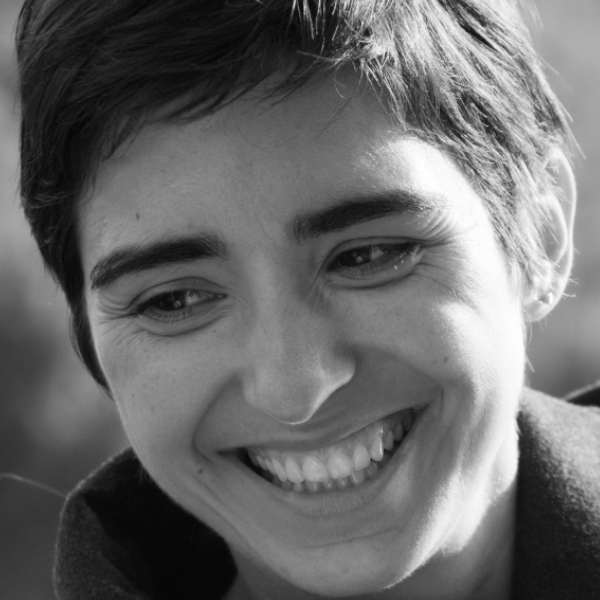Acute myeloid Leukaemia (AML) is a blood cancer caused by uncontrolled proliferation of abnormal myeloid precursor cells. It accounts for approximately 90% of all acute leukemias in adults. The incidence of AML increases with age. Most patients with AML are aged 65 years and over. Only 6% of patients, more or less, are younger than 20 years. AML prognosis is very poor, with a 5-year survival of < 10% in patients older than 60 years at diagnosis. The prognosis is better in younger patients.
The immature precursor cells of the myeloid lineage are called myeloblasts, and they normally develop into neutrophils, monocytes, eosinophils, basophils, erythrocytes, and megakaryocytes.
With Acute Myeloid Leukaemia, the myeloblasts do not develop into healthy cells, resulting in neutropenia, anemia, thrombocytopenia, and in the clinical manifestations of bone marrow failure, which include pallor, fatigue, fever, bruising, and bleeding.
Acute Myeloid Leukaemia is diagnosed when there is a percentage greater than or equal to 20% myeloblasts, monoblasts, or promonocytes, erythroblasts, or megakaryoblasts in the peripheral blood or bone marrow, except in patients with the certain cytogenetic abnormalities and who are classifed as having AML irrespective of blast count.
Acute Myeloid Leukaemia was the type of Leukaemia that Peter was diagnosed with in 2018. The disease was completely missed in a standarad blood test just one month before he was diagnosed as terminal with AML, this lead to our first research project Peter Moss Acute Myeloid & Lymphoblastic Leukaemia AI Research Project, and ultimately, the formation of Asociación de Investigacion en Inteligencia Artificial Para la Leucemia Peter Moss.
The American Cancer Society's estimates for Leukaemia in the United States for 2019 are:
- About 21,450 new cases of acute myeloid Leukaemia (AML). Most will be in adults.
- About 10,920 deaths from AML. Almost all will be in adults.
Document Contributors
Community Interest Company
Company No. 13748398
Registered Office: 1st Floor, Healthaid House, Marlborough Hill, Harrow, HA1 1UD
Contact | Terms & Conditions | Privacy & Cookie Policy | Disclaimer
Website developed by Innov8 Digital Media LTD | A+ Qualys SSL Labs Encryption Grade



